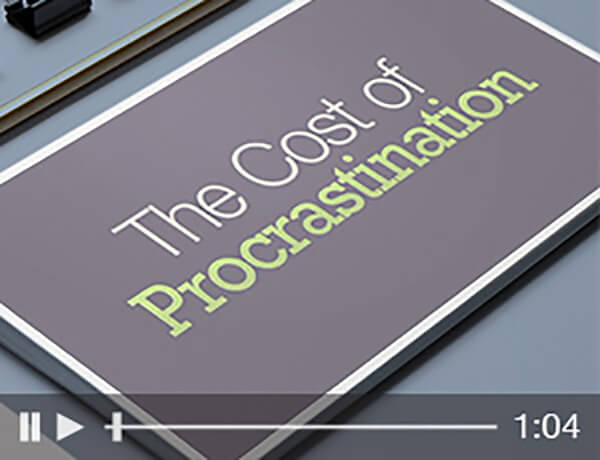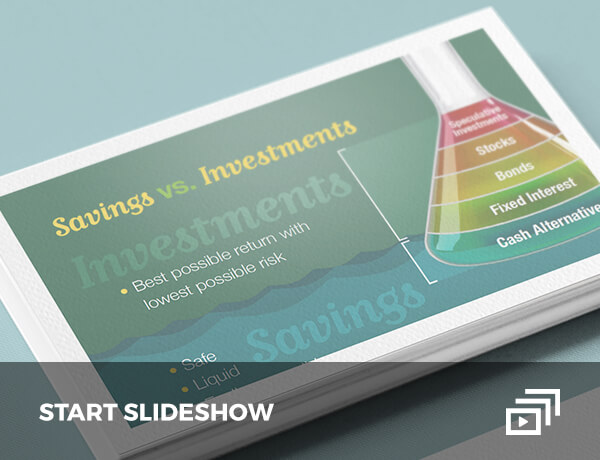Protection from a Financial Emergency
Without even realizing it, most people are familiar with protection-first thinking. We are reminded of it before every commercial flight: “In the event of sudden decompression, secure your own oxygen mask before helping others.”
EMERGENCIES ARE SUDDEN
For money emergencies, developing a protection-first plan with a financial advisor secures your own financial oxygen before other priorities. In flight and in finances, emergencies are sudden. They are unexpected or unplanned life events. Everyone thinks, “It won’t happen to me.”
EMERGENCIES HAPPEN
But consider this short list of potential emergencies: job loss, accidents, long-term illness leading to loss of income, home or car damage or natural disaster. It doesn’t take long to think of someone in our circle of family or friends who has faced one of these crises in the last year. An emergency can happen to anyone.
THE MAJORITY OF AMERICANS ARE NOT PROTECTEDToday only 39 percent of Americans have enough savings to pay for a $1000 emergency.1 Yet over one-third of American households experienced an unexpected financial burden last year. Many people had to turn to credit cards, friends or family, or personal loans to pay for it, putting them in the black hole of debt.
MEDICAL DEDUCTIBLES ARE ON THE RISE
In the United States, the number one cause of personal bankruptcy is medical costs.2 Furthermore, before the final straw of bankruptcy, many more people struggle to keep up with their medical bills. This is true whether or not a patient has an employer-sponsored healthcare plan.
HEATH SAVINGS ACCOUNTS CAN HELP
In fact, from 2005-2015, the amount employees paid towards their deductibles increased by 229 percent – vastly exceeding wage growth.3 More people could safeguard themselves against high medical costs through a health savings account (HSA), but too few people understand the benefits of these accounts even if it is available to them.4
BETTER PLAN
By putting your own financial protection first, you create a plan to cover unplanned life events. This can include putting layers of protection in place, including whole life insurance, disability insurance and emergency savings, even before paying down debt.
WHY PROTECTION FIRST?
Even though it’s common to think that your most urgent need is to pay off debt, what happens if you’re paying off debt, but not generating any emergency savings? If you lose your job or are unable to work, you may have to take on new debt to keep paying even just your basic expenses. Then you’re back to square one. A better plan is to protect yourself from sudden changes through protection layers, including emergency and long-term savings.
2018-62157 Exp. 06/2020
SOURCES:
[1] Only 39% of Americans have enough savings to cover a $1,000 emergency, CNBC, Jan. 18, 2018
[2] Medical Bills Are the Biggest Cause of US Bankruptcies: Study, CNBC, June 25, 2013
[3] Increases in cost-sharing payments have far outpaced wage growth, Peterson-Kaiser, Oct. 4, 2017
[4] Guardian survey reveals widespread lack of understanding of Health Savings Accounts, Guardian Life



